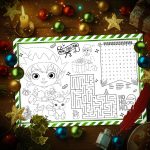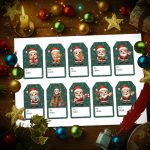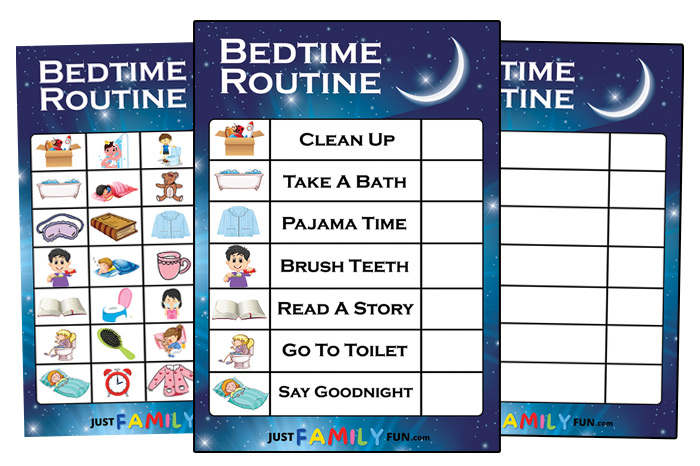Printable Bedtime Routine Chart For Toddlers
Table of Contents
Are you looking for some inspiration to get your kids snoozing at bedtime? We’ve created a free printable bedtime routine chart that’ll help you settle the little ones into the land of nod. Sometimes kids rebel against the mere thought of bedtime. And sometimes they’re just so exhausted they could fall asleep where they stand.
It’s hard work being a toddler.
Their days are full of running, jumping, running, sliding, running and climbing. Ooh – did we mention running? Kids are constantly on the move but they need a good rest too. No matter how much they say: “thank you, but sleep’s not for me”!
Toddlers need around 11-14 hours of sleep every single day. A good amount of sleep helps them grow and function at their best. Recommended sleep hours can be split into nighttime sleep and a small nap during the day. As they get a little older and the naps disappear, you’ll appreciate having a positive bedtime routine to depend on. Kids love patterns – they like to know what comes next. And they need it too. It’s comforting for them and offers security in their world of adventure.
You could start using this printable toddler bedtime chart from around 2 years old. As soon as they understand what the images mean and can associate them with actions – you’re good to go! This will help you establish a bedtime routine for toddlers until they’re around 4 years old. By then, they’re likely to be leading the charge and telling you what comes next!
What’s Included With The Free Bedtime Routine Chart?
This is a 3-page download full of bright colours and easy-to-identify images. The first page is a ready-made bedtime routine chart that shows all the steps to encourage a positive bedtime experience. Pages 2 and 3 have visuals you can cut out and a blank chart to make it reflect your own routine. Or it can be made into an interactive activity for kids to choose the next task or mark the previous as complete.



The pre-built bedtime routine chart:
- Clean-Up Time – starting by tidying the toys away shows kids that it’s time to wrap up the day. In a short time, they’ll see this as the first step and start to expect the next ones.
- Take a Bath – a soothing bath at the end of the day helps kids relax. It doesn’t have to be a record-breaking stint in the tub though. 5-10 minutes for a soak in warm water and a clean get kids in a sleepy mood.
- Pajama Time – after having a bath, kids might be tempted to spark their second wind and run free! But with the visual aid of the bedtime routine chart for toddlers – they’ll expect pyjamas!
- Brush Teeth – reinforcing good hygiene habits at a young age prepares them for later on.
- Read a Story – this is a wonderful opportunity to bond with your child and share the joy of reading. Kids’ picture books are great for helping with word/letter recognition and are usually full of bright and beautiful pictures. It’s said that if you read one book a day to a child they’ll have enjoyed 1000 by the time they’re 3! But every child has a firm favourite they’ve had read to them at least 1000 times!
- Go to the Toilet – finally, it’s time to use the loo to make sure there aren’t any midnight toilet dashes. They’ll still happen, no doubt about it! But regularly using the toilet before bed reduces the chances of disturbed sleep and gets kids feeling relaxed before they lay their heads on the pillow.
- Say Goodnight – end the day on a high note. Cuddle your little one and send them off to sleep knowing they’re loved and cherished every day.
Following these steps in order consistently will give you and your little ones the comfort of a routine. Once the steps start, kids will begin to associate them with bedtime and sleep. It helps them gradually wind down after the wildness of their days too.
On Pages 2 and 3 you can cut out the brightly coloured images. There are 28 in total – to give you both the opportunity to choose which options are best for you.
After cutting out the squares, you can either laminate them or use self-adhesive vinyl to protect them. You can laminate the blank chart and use blu-tack or velcro to attach the images to the chart.
If you like this, also have a look at our shoe lacing template, play money, and frame template for kids.

















